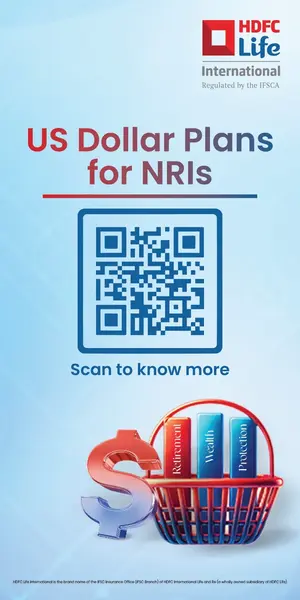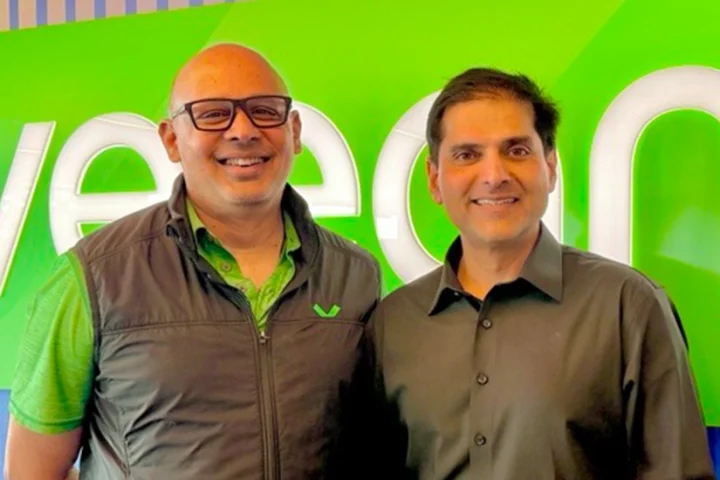Major data breaches affect hundreds of companies and expose millions of sensitive data records, such as the famous Snowflake data breach that leaked data about 165 organizations. In 2024, the average cost of a data breach reached $4.88 million. Governments are also tightening data protection laws to address security challenges. Nowadays, a Data Loss Prevention (DLP) system has become a must-have for any organization. Learn what six factors are crucial to picking the right DLP system.
Resilience to Network Complications
Firstly, a DLP must be a reliable system. outages and incidents shouldn’t leave you without information about the security status. Good Data Loss Prevention systems should have the capability to archive the gathered data and send it to the main server when the internet connectivity is restored.
Many companies have a complex organizational structure. Some of the territorial offices have a low-bandwidth internet connection. It would be useful if the DLP system could adapt to such conditions. For example, an IS specialist will be able to set a schedule for data transfers—endpoint agents will gather, process, and prepare the data to transfer during business hours, while the actual data transfer to the server will take place during nighttime.
Hardware Requirements
DLP developers can take various approaches to optimizing their products, which can lead to significant differences in the hardware requirements. As a result, the cost of implementing a project may vary by up to 20-40% between systems.
Software optimization is an essential benchmark, as many office endpoints don’t use high-end hardware. For instance, flexible monitoring settings and an optimized file tracking system can reduce server space requirements by up to eight times. Such optimization can help companies save resources on the purchase of additional servers.
Furthermore, some DLP solutions are not just a single software package but rather integrate several platforms under a unified graphical user interface. This can significantly affect the hardware requirements, stability, and performance of the system.
Pay attention to Data channels
Monitoring of data channels, such as emails, cloud storage services, NATs, and instant messaging services, is a bread-and-butter capability for DLP systems. An advanced system should be capable of controlling encrypted data sources like Microsoft Teams, Rocket Chat, and Microsoft 365.
Another important aspect is the active support of the DLP system. For example, many vendors noticed the growing popularity of WhatsApp and claimed control over it. In fact, WhatsApp monitoring isn’t a trivial task. Some developers provide monitoring of text messages in the Windows-based desktop version, whereas file transfers and communications through web application remain beyond their control. It’s crucial to test the real capabilities of the system in field conditions to check if they meet your requirements.
Analytics is your Best Ally
Ask yourself the following questions when choosing a DLP. What technical capabilities for analyzing text files and graphic files does the potential system have? Does it provide comfortable investigation tools? What types of preinstalled policies and report templates does it have? Does the DLP system have in-built incident reporting tools? Can it help with compliance reporting?
All of these are important features that will boost the effectiveness of security measures. The advanced DLP system brings on the table even more than that. Such solutions provide tools for user and entity behavior analytics, can alert security service if a workstation is used by a suspicious person, and contribute to investigations by adding watermarks to sensitive documents.
Advanced analytical capabilities will greatly enhance the performance of security specialists. With the help of such tools, one professional can ensure the safety of 1500-2000 workstations. This is possible thanks to the addition of sophisticated content-based search algorithms. Older DLP systems used attribute-based search methods, but advanced systems combine them to achieve state-of-the-art analytical performance.
Support is Important
Pay close attention to the vendor’s support. At the beginning, the integration of DLP into security architecture can be a challenging task. However, with the help of the developer’s support, you can fully unlock the potential of the system. In the future, vendor assistance may also be needed to train new employees, add new security policies, conduct investigations, and integrate third-party software.
That’s why it is vital to choose a vendor with strong technical support. This way, the DLP integration process will be smooth and seamless. In the best-case scenario, the developer should have a dedicated implementation team with various basic and advanced training programs, case studies, and experienced professionals as mentors. As a result, the DLP vendor will become a trusted partner for you, rather than just a software provider.
Integration Capabilities
One of the most important parameters to consider is the capability to integrate a DLP system with other protective solutions. Nowadays, the DLP system is the cornerstone of internal threat protection. However, the system should seamlessly integrate with other protective software to provide a synergetic effect. Integration with SIEM and DCAP systems significantly boosts the security level, enhances incident response time, and enables the collection of detailed information about the incidents.
However, if the DLP vendor doesn’t have other information security systems, such as DCAP or SIEM class products, the customer will have to spend additional resources for integration with other solutions. In the worst case, protective systems could conflict with each other.
Choose Wisely
DLP systems can have various features, and each one can be significant for your business. For example, the differences in hardware requirements and employee skills can greatly affect the cost of implementing the system. Marketing materials may highlight basic features as the main selling point while hiding important details.
Last but not least, make a test run before making the final decision. Inspect how DLP performs on the ground, in real conditions. Observe how software handles a stressful environment and how technical support service addresses your questions and issues. Only an analysis of DLP capabilities, support feedback, and results of practical tests will ensure the choice of the system that fits your company like a glove. If you would like to learn more about how to perform a stress test of Data Loss Prevention systems, leave a comment on this article.




















